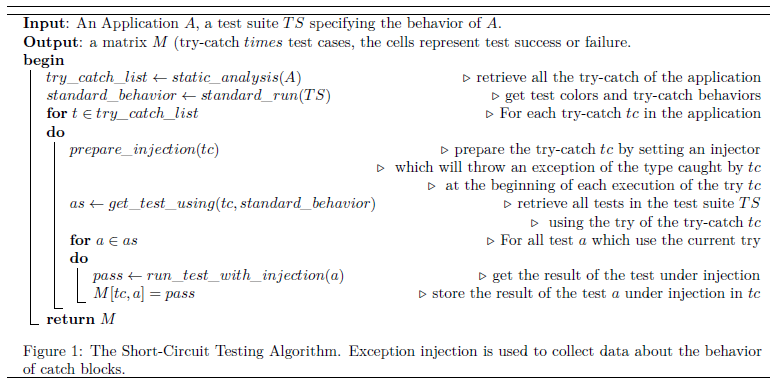[Paper Review] Fault Injection in Production - Making the case for resilience testing
Short Introduction to This Paper
This paper gives us an introduction about how Etsy uses "GameDay" to build more confidence about their system's behavior. Specifically, it includes the discussion about 1) why apply it in production environment, 2) how to do fault injection during a GameDay exercise, 3) business justification and 4) a case, limitations and fear.
Highlights of This Paper
- Introduction about the provisioning of a server or cloud instance from zero to production
- Explanation about why many complex systems are largely intractable
- Pattern about GameDay exercise, introducing the methodology of how they doing fault injection in a real company

